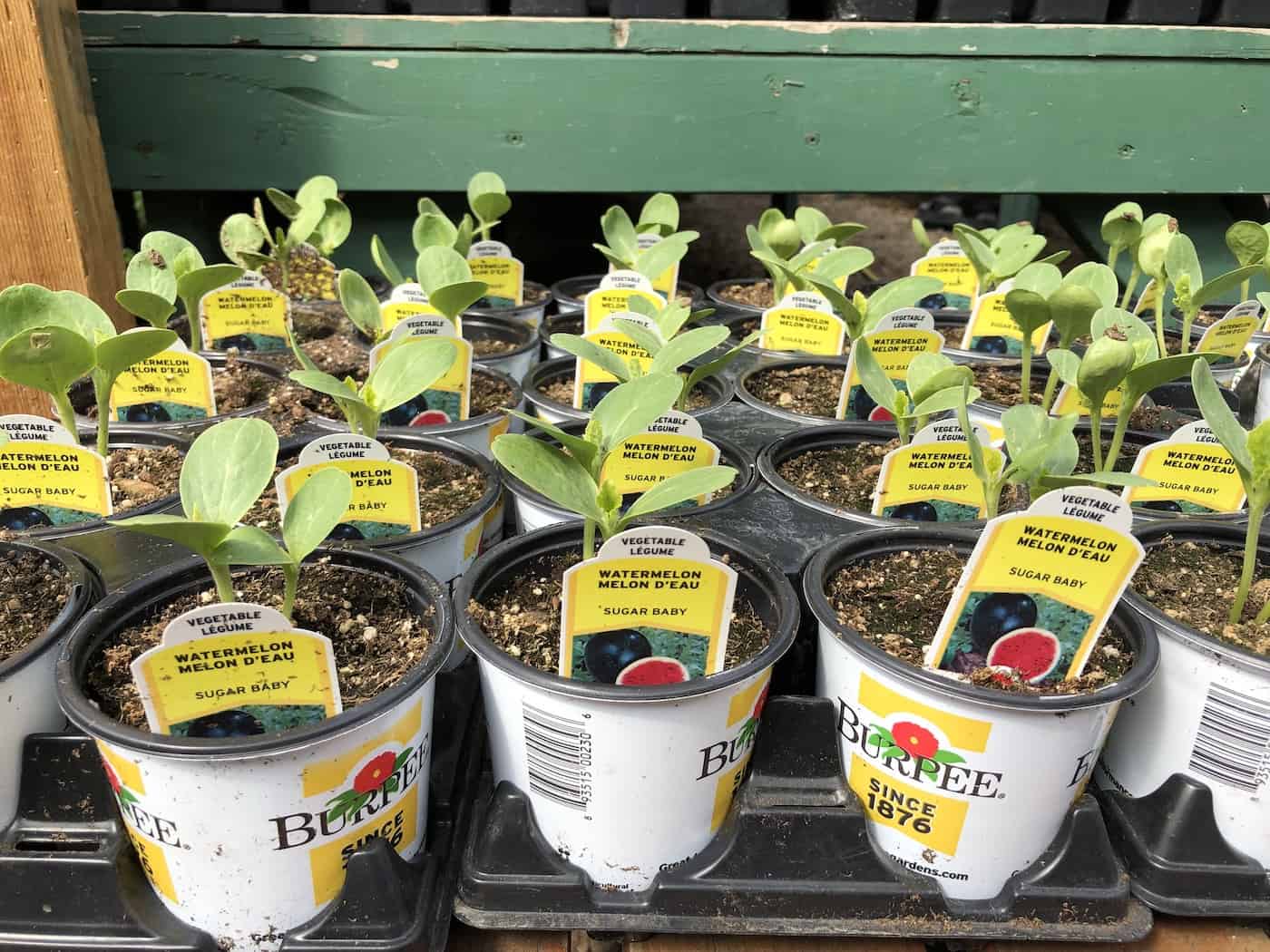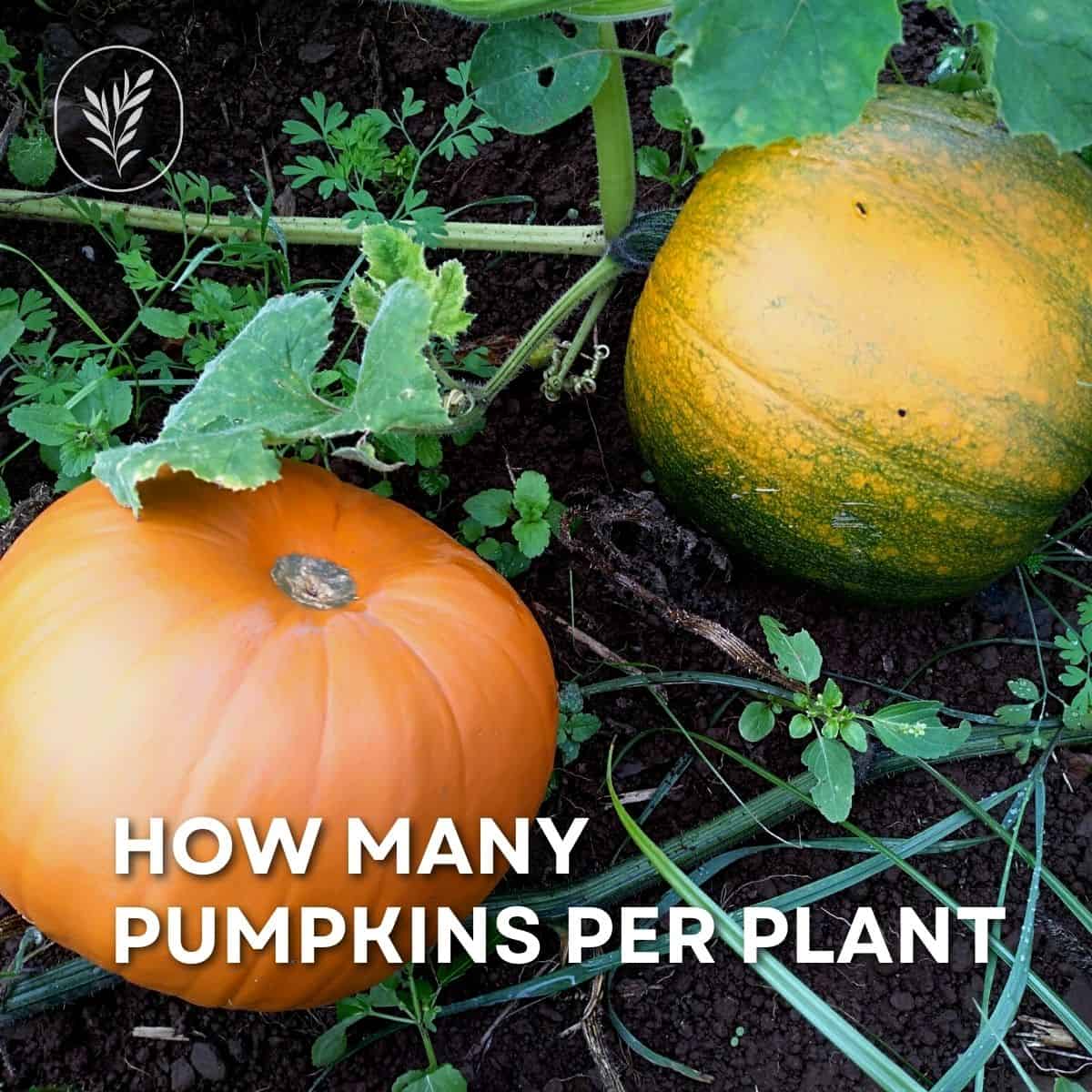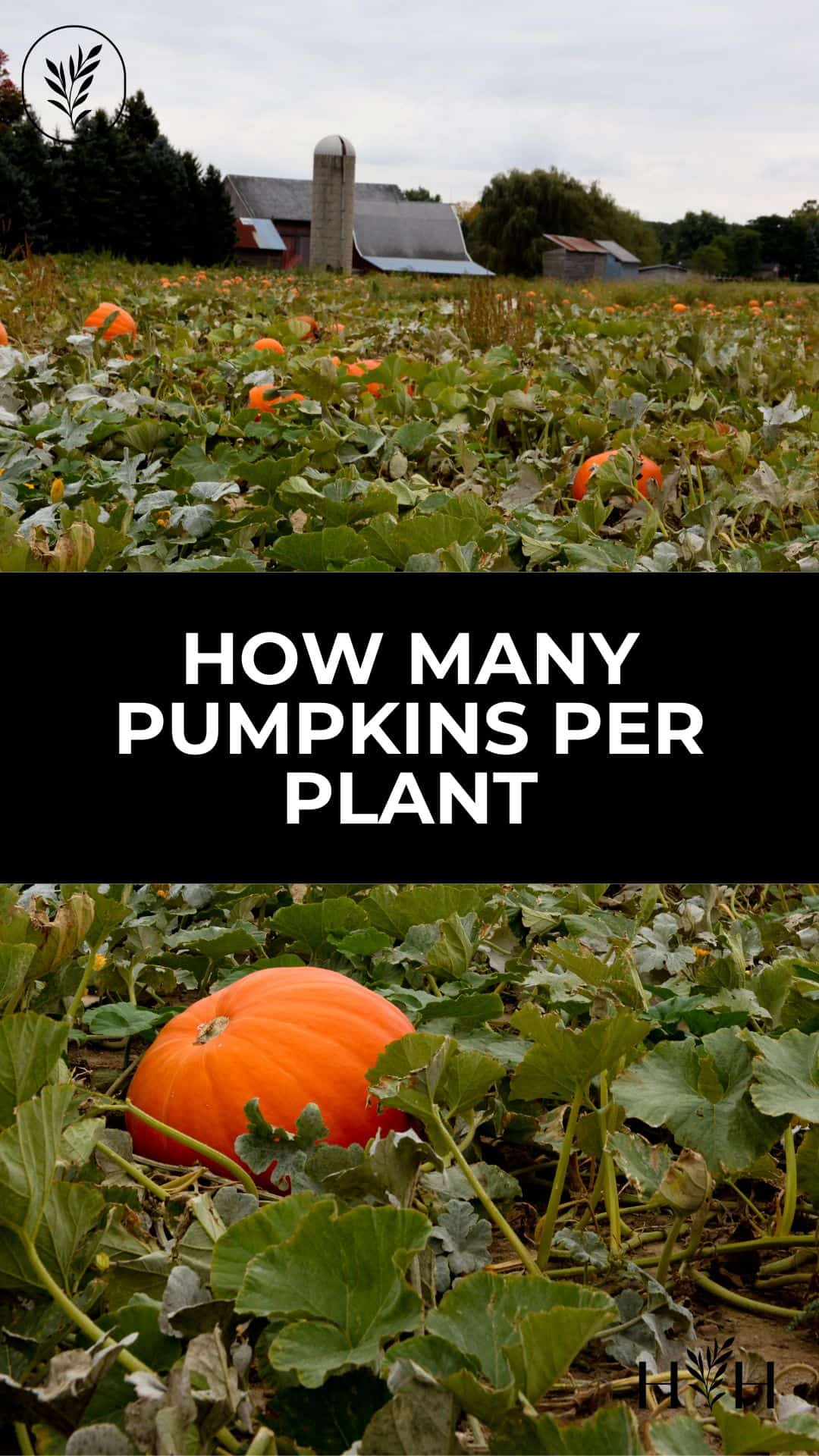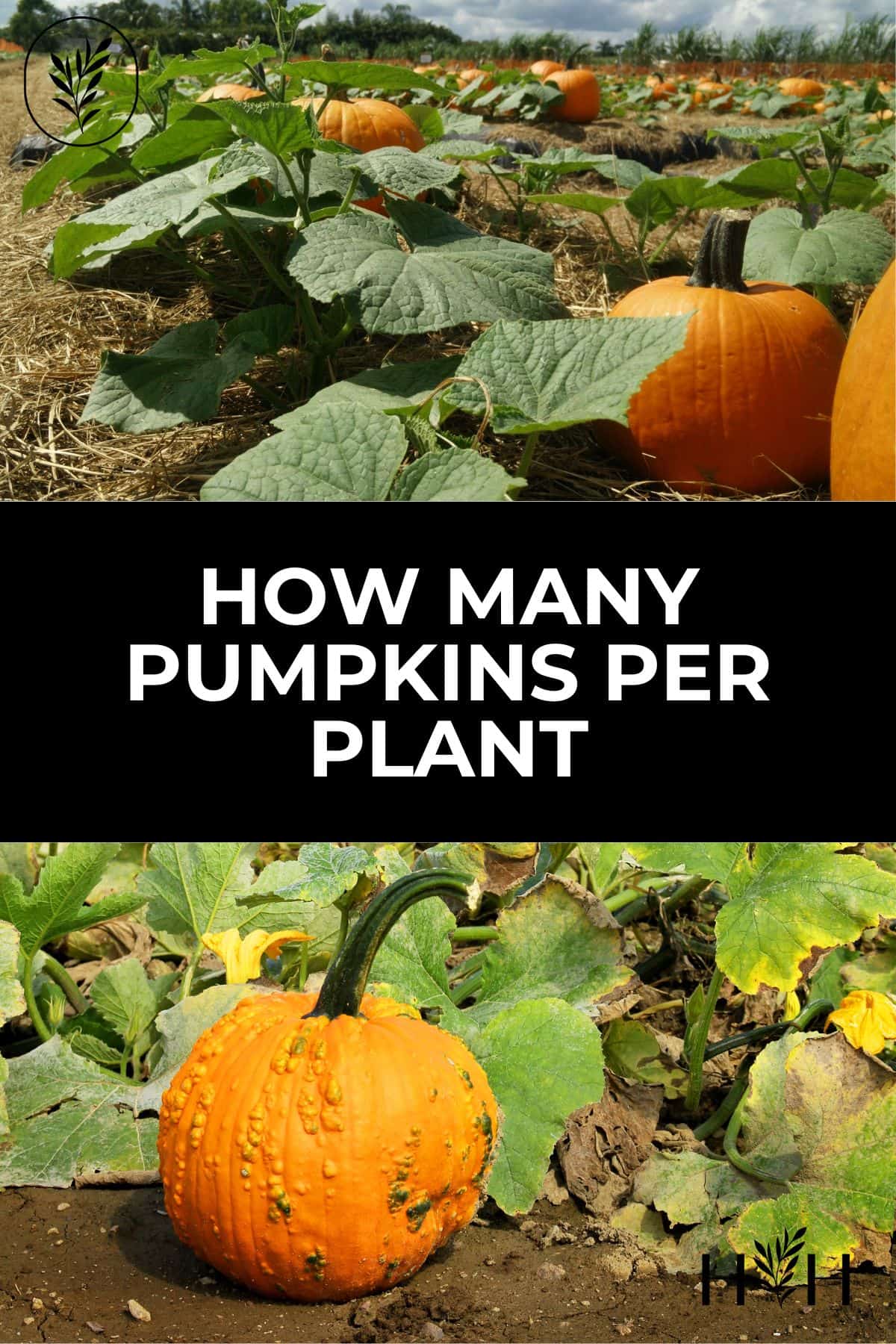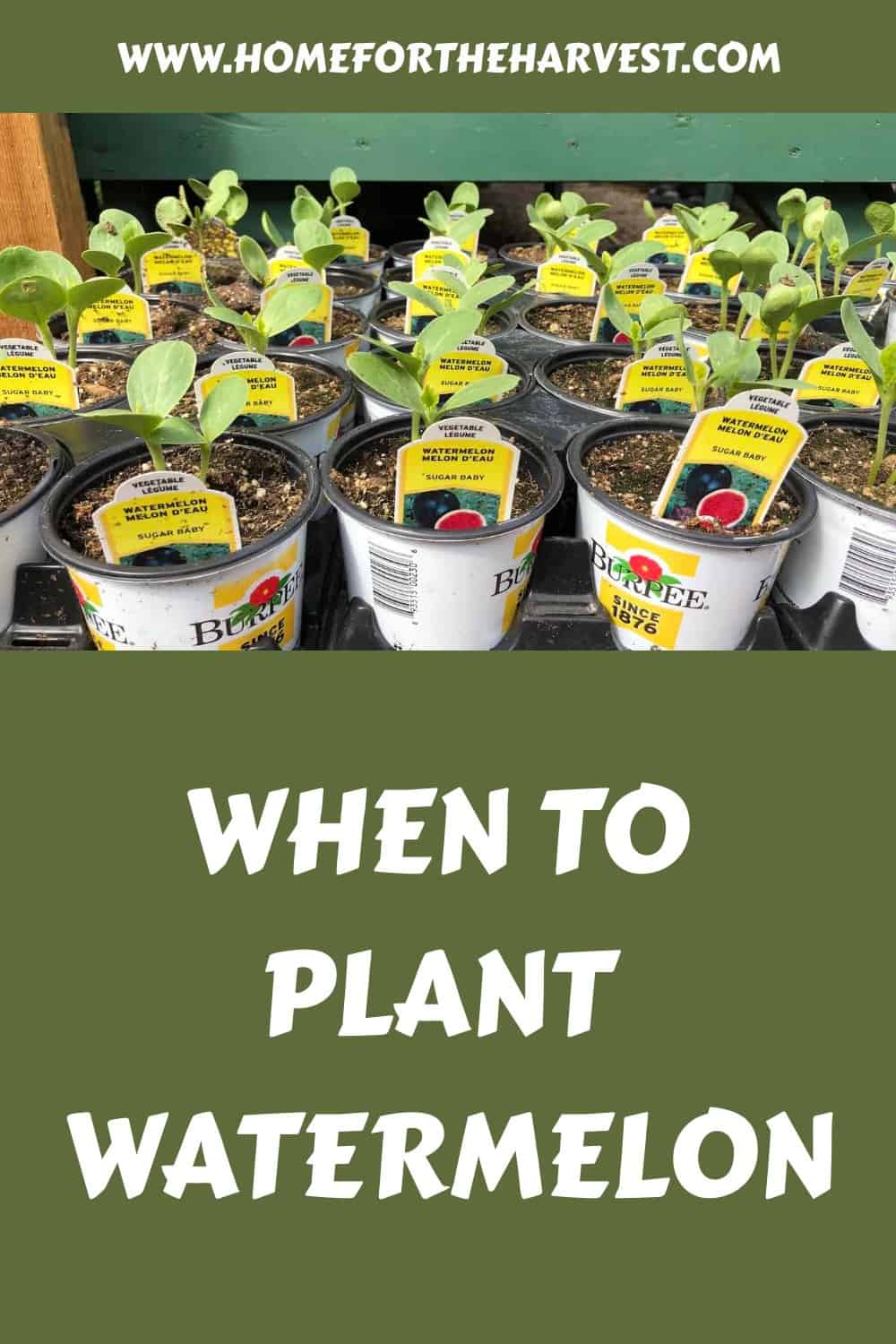Summer days are incomplete without the flavor of a juicy watermelon. Unfortunately, these fruits can be pricey, unless you consider growing them in your own garden.
Watermelons are warm-season fruits that are typically planted in late spring or early summer. The best time to plant will differ by region depending on your climate zone and the layout of your garden. You can start sowing seeds indoors to get a head start, transplanting when the soil temperatures are above 70F.
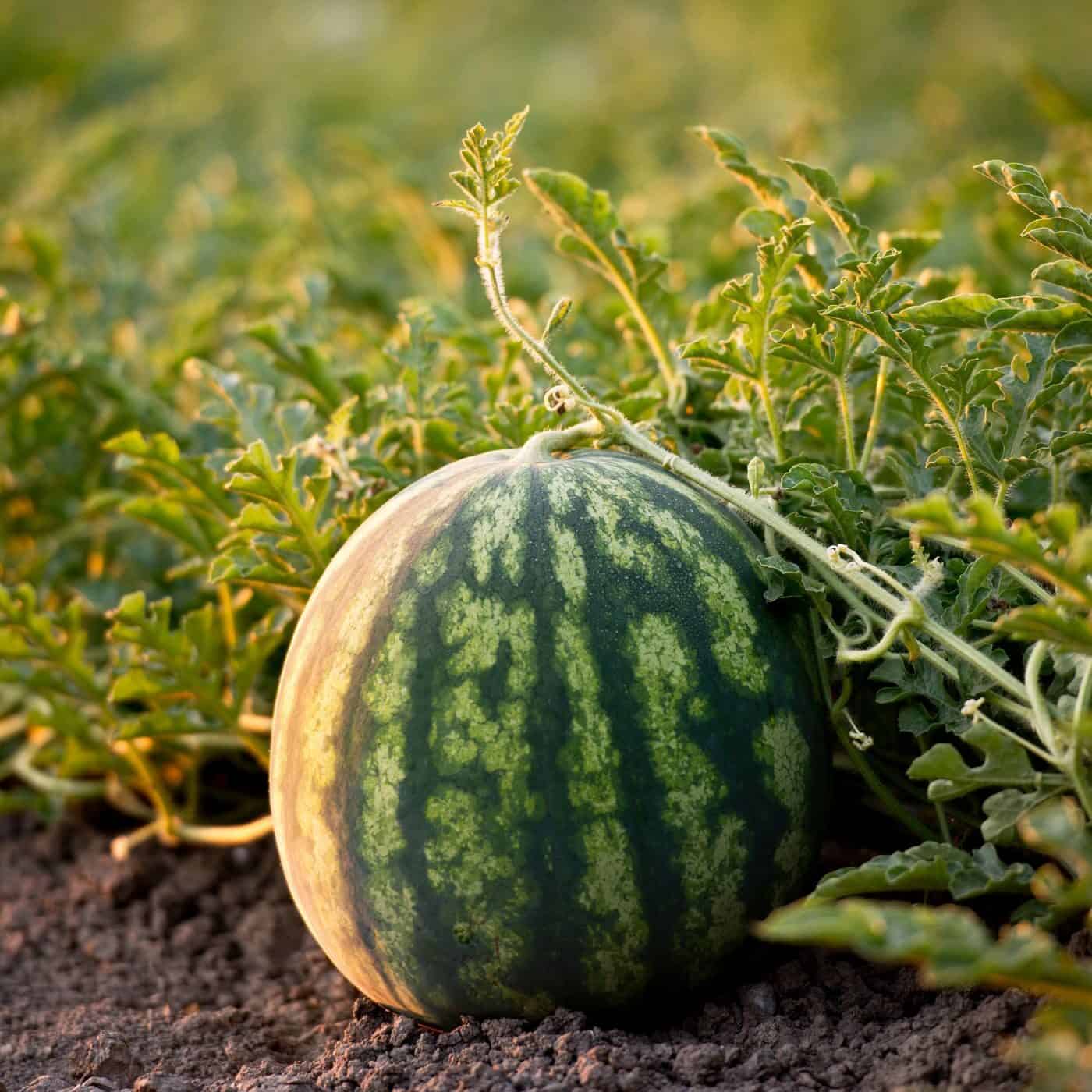
Why grow watermelon?
Watermelon is a wonderful fruit to add to your edible garden, or even to spread through your ornamental garden. The quintessential summer fruits taste so much better fresh from the garden than they do store-bought, made even more rewarding when you consider the effort used to grow them.
Growing your own watermelon can also save you money. The fruits can be quite expensive, especially in areas with high demand. By growing your own, you can harvest several watermelons to last you throughout summer without the added costs.
Watermelon vines also grow vigorously and aren’t too tricky to care for when compared to some other edible plants. They are great for beginners or experienced growers, as long as you have enough space to grow them.
When to plant watermelon
Watermelon is a warm-season crop. That means the plants need to be in the ground after the soil warms and there are no more chances of frost. An unexpected frost will kill off young seedlings before they have the chance to become established.
In most areas, watermelon is typically planted in late spring or early summer. The exact time will depend on your region and whether you are starting seeds in trays or sowing straight into the ground.
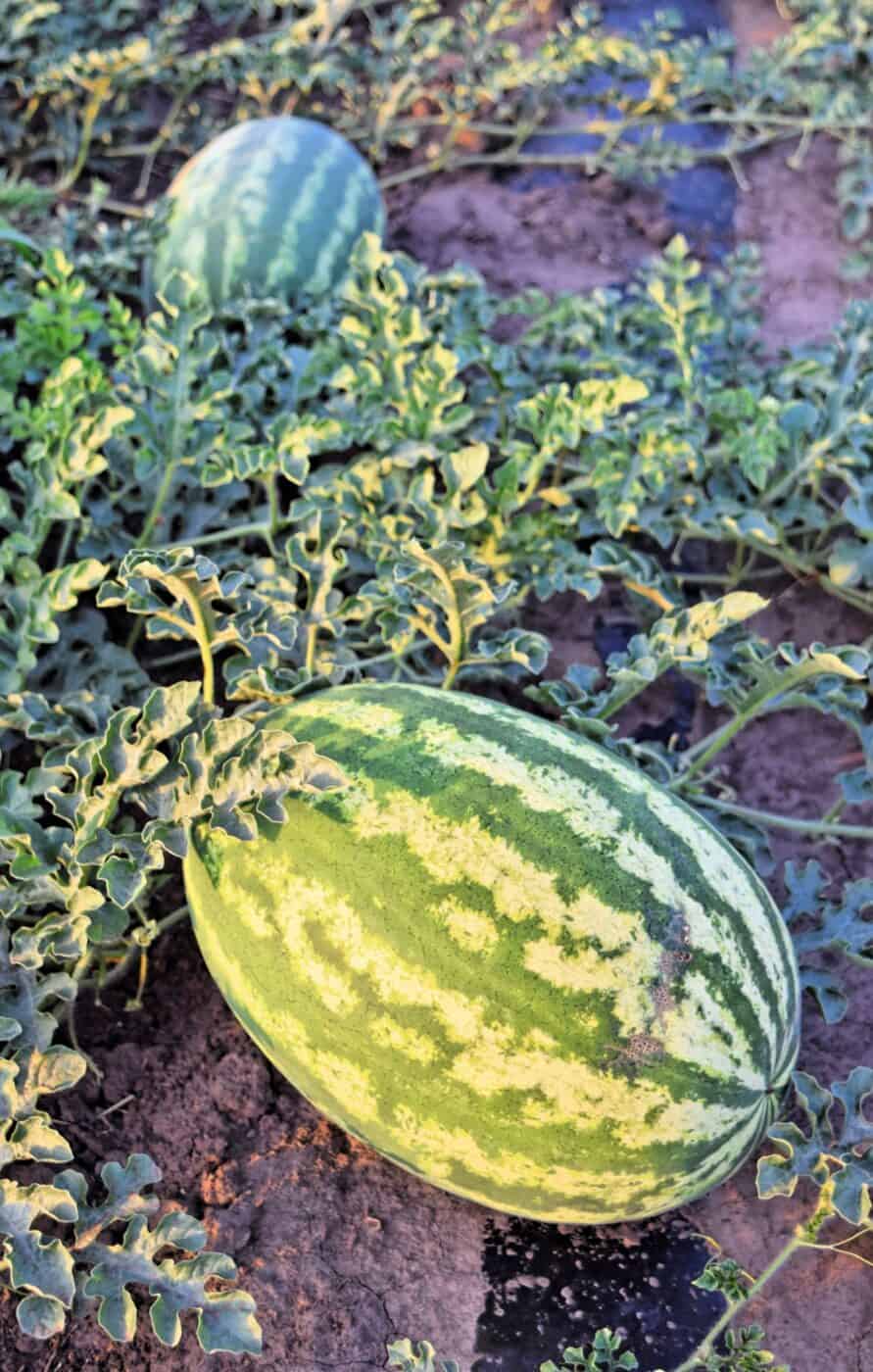
The best time to plant watermelon
Watermelons take a while to grow, so the sooner you can consider planting, the better. However, you are also at the mercy of your climate, which will dictate the best time to plant watermelon in your region.
On average, you’ll need to wait about a month after your last frost date before you can plant outdoors. This date will differ by region, so make sure you check the dates for your specific area to decide the perfect time to plant.
If you want to get a head start on growing, you can also sow your seeds in trays indoors or in a greenhouse where they will be protected. The soil should be kept warm to encourage germination, as these warm-season plants prefer temperatures above 70F to grow their best.
To sow early, it’s best to start around the time of your last frost date. The seeds will germinate quickly in the right conditions and should be ready for transplanting in a few weeks when the soil is warm enough. The seedlings have delicate roots, so it’s important to be careful when transplanting and avoid any damage that may stunt growth.
How to plant watermelon
Whether you’re transplanting seedlings or directly sowing seeds, it’s important to start with the perfect position. Watermelons do prefer to be direct seeded outdoors, but you can plant the seeds indoors if you live in a cooler area with a short growing season.
Watermelons are large plants that need enough space to sprawl. Follow the guidelines on your seed packet when planting to prevent any chances of competition.
If you don’t have a lot of space in your garden or want to lift the vines off the ground to limit the chances of pests and diseases, you can also grow watermelons vertically by training the vines up a trellis. However, that does mean you’ll need to put extra effort into supporting the heavy fruits once they start developing. Choose a strong structure that will support the weight of a fruiting mature plant.
These plants also need plenty of energy to produce their massive fruits. That means your chosen spot should be in a full sun position that receives at least six hours of direct light per day. More sunlight is preferred, but they will be happy with a minimum of six hours.
Watermelons grow best in nutrient-rich soil amended with lots of compost. If the soil is nutrient deficient, you can also add slow-release fertilizer according to packaging instructions to feed the plant over time.
After planting, establish a regular watering routine to avoid stress. These plants will need even more water during warm weather to stop the soil from drying out too much. If you want juicy fruits, you control how much water the plant receives.
Also be careful not to overwater. Watermelons can rot when waterlogged, so watch the rain in your region and plant in well-draining soil. This is even more important when fruits begin developing as they can rot in contact with excessively moist soil.
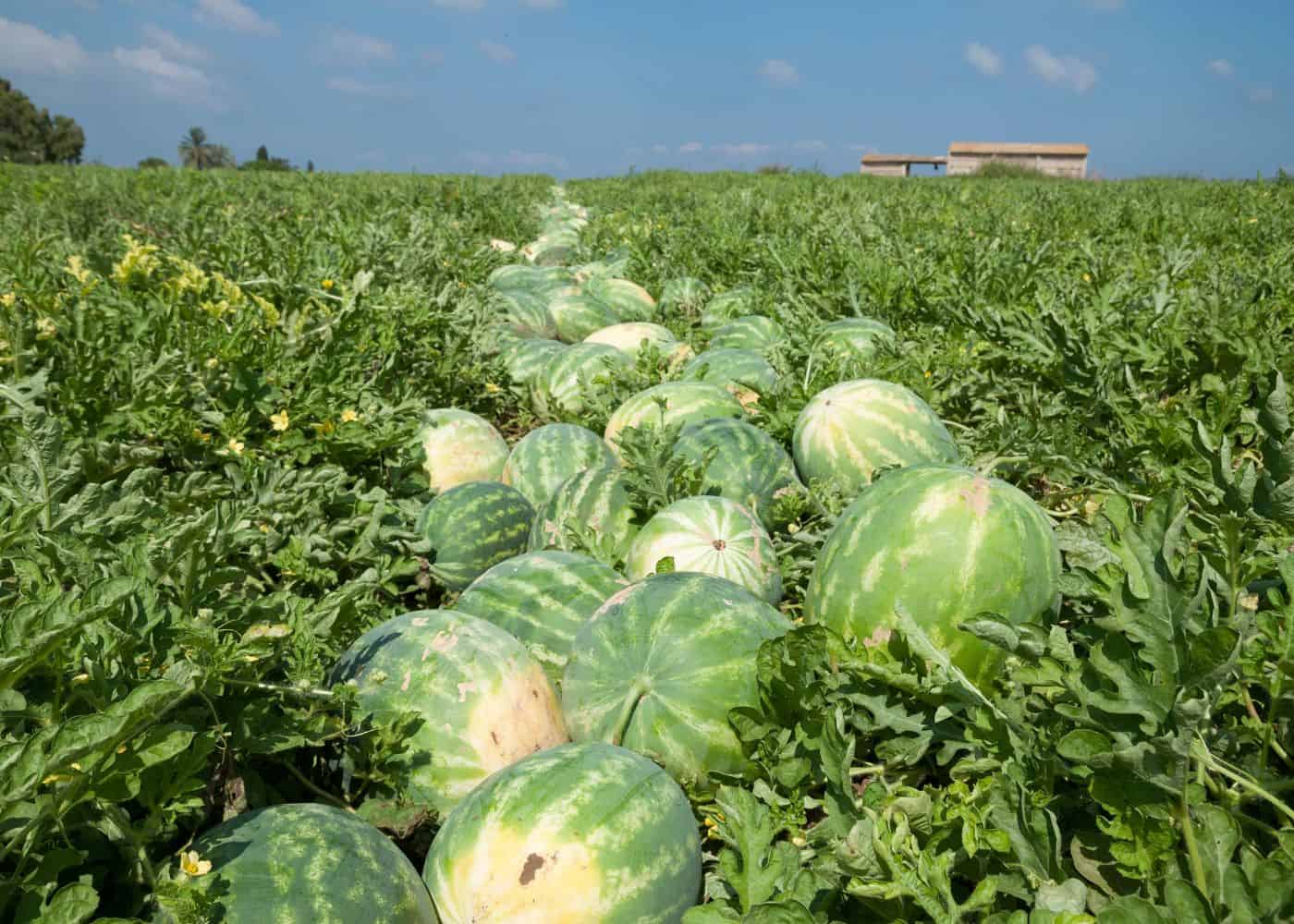
How long do watermelons take to grow?
The exact harvest time will depend on your chosen watermelon variety. But in general, you can expect fruits in around 100 days or slightly less. Do some research on your specific variety before planting and record the planting date so you know approximately when you can expect to begin harvesting.
FAQs about the best time to plant watermelon
What is the best month to plant watermelon?
In most areas, watermelon is typically planted in late spring or early summer. This could be as early as March in warm climates or as late asThe exact time will depend on your region
Resources
- How to save watermelon seeds?
- Cucamelon: Growing and enjoying adorable tiny watermelon-like fruits
- Watermelon Peperomia: An easy-to-grow ornamental houseplant
References
- BAILEY, E. (2022, June 26). When to plant watermelon – to enjoy a delicious summer harvest. Homes & Gardens. https://www.homesandgardens.com/gardens/when-to-plant-watermelon
- BAILEY, E. (2022, May 31). How to Grow Watermelon for the Perfect Summer Treat. Bob Vila. https://www.bobvila.com/articles/how-to-grow-watermelon-for-the-perfect-summer-treat/
Need more info?
Are you interested in learning more about best time to plant watermelon? Here are our best articles about it!
nterested in learning more about what seeds to start indoors? Here are our best


